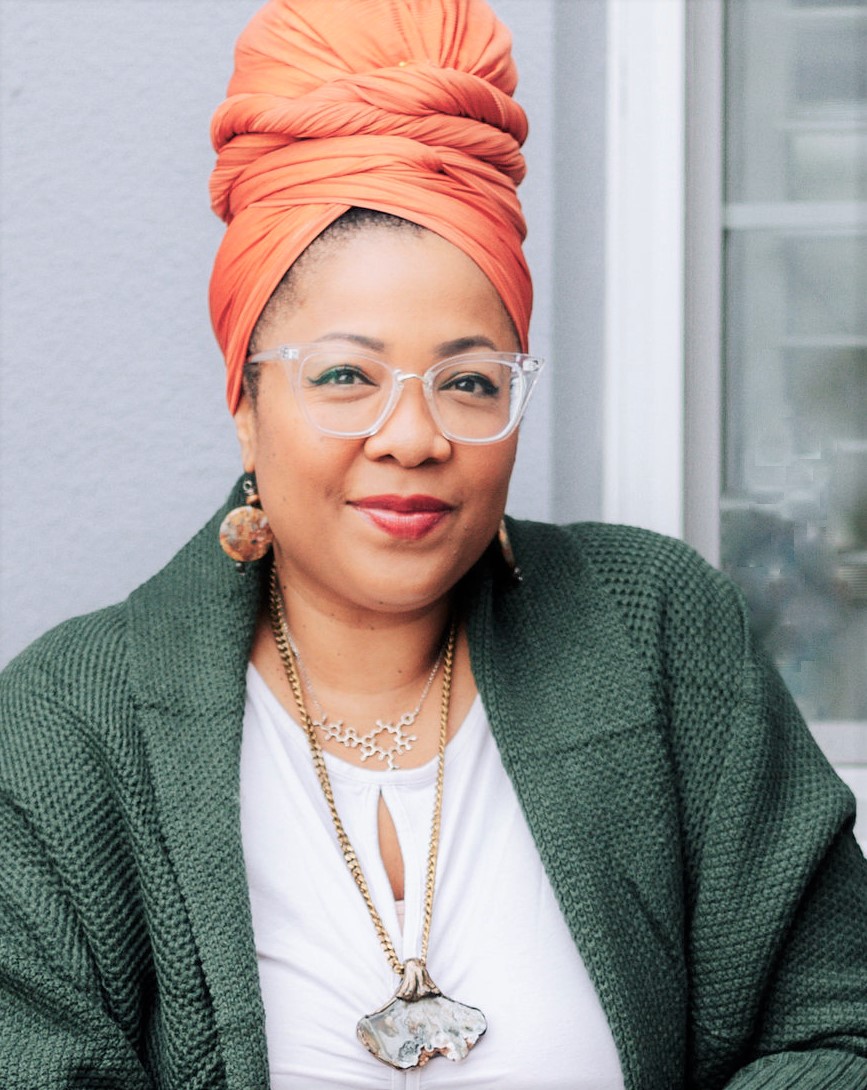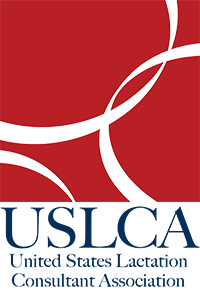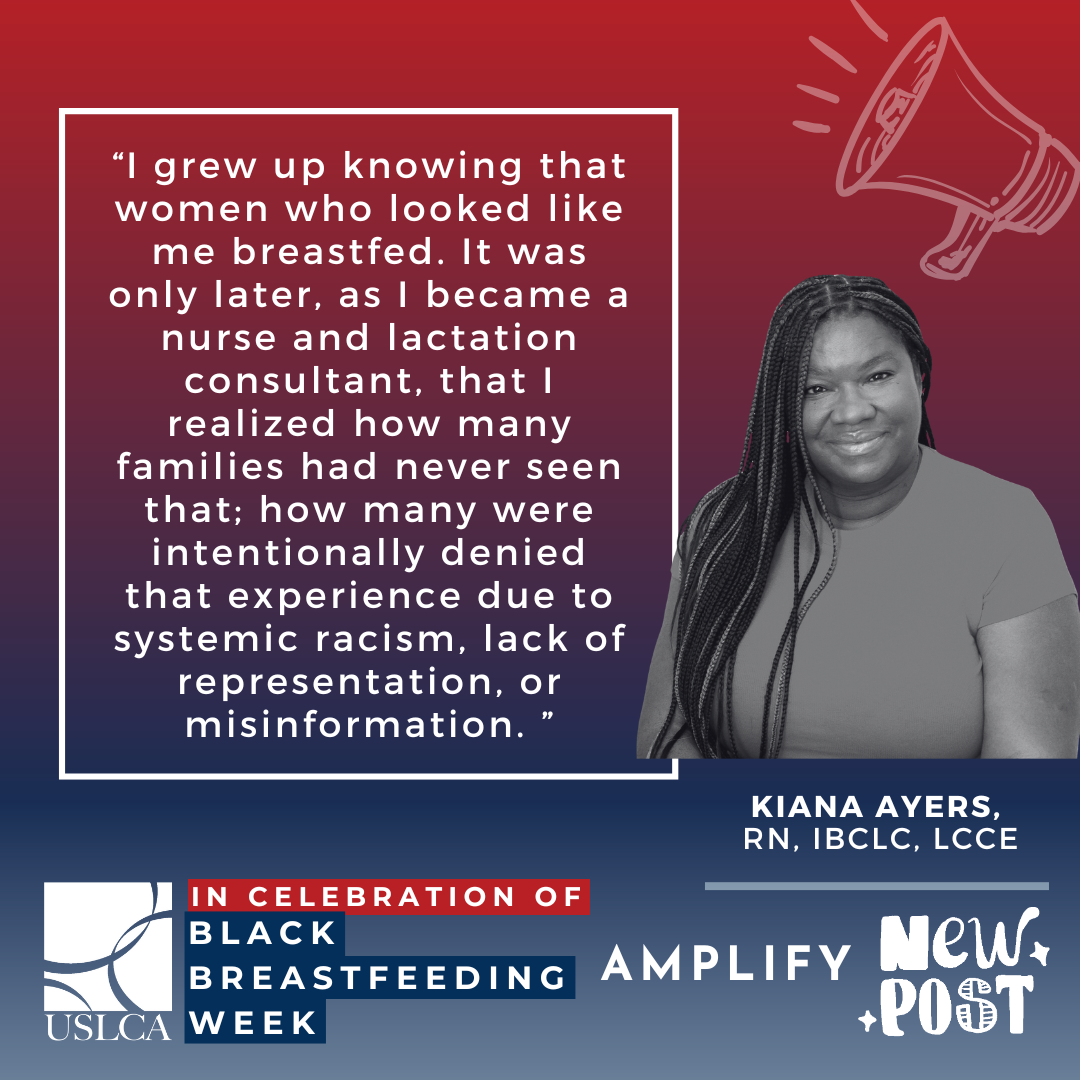By Nekisha Killings, MPH, IBCLC
August 30, 2021
 Black Breastfeeding Week each year is a time to look back and a time to look ahead. Many of us use the week to reflect on the ways that we have supported Black parents and families on their nursing journeys over the past year, and the ways that we can do more and do better in the coming year. I’m thankful that, for the most part, I’ve seen a maturation past the “why do we need a Black Breastfeeding Week” responses that were so common from the general public and lactation professionals alike in the early days of BBW. Now, most lactation professionals have come to appreciate the value in highlighting historically ignored populations in a collective effort to close the disparity gaps that persist. We’ve seen the establishment of Indigenous Milk Medicine Week and Asian American Native Hawaiian Pacific Islander Breastfeeding Week as a continued expansion of our collective consideration of the unique challenges that certain historically ignored and oppressed communities face as it relates to lactation support.
Black Breastfeeding Week each year is a time to look back and a time to look ahead. Many of us use the week to reflect on the ways that we have supported Black parents and families on their nursing journeys over the past year, and the ways that we can do more and do better in the coming year. I’m thankful that, for the most part, I’ve seen a maturation past the “why do we need a Black Breastfeeding Week” responses that were so common from the general public and lactation professionals alike in the early days of BBW. Now, most lactation professionals have come to appreciate the value in highlighting historically ignored populations in a collective effort to close the disparity gaps that persist. We’ve seen the establishment of Indigenous Milk Medicine Week and Asian American Native Hawaiian Pacific Islander Breastfeeding Week as a continued expansion of our collective consideration of the unique challenges that certain historically ignored and oppressed communities face as it relates to lactation support.
This Black Breastfeeding Week will be one for the books. Of course, every Black Breastfeeding week is outstanding in its own right… But 2021, on the heels of more than a year of supporting families through a global pandemic and concurrent racial trauma and uprising, was a calling to do something wholly different. Rest was the directive that the BBW organizers handed down. Sweet, necessary rest after so much hustle and grind and fear and uncertainty and helping-while-hurting. It was a reminder that choosing to rest is powerful, revolutionary even, in a time when the hustle is so respected. That to say NO is a statement of agency, a reclaiming of our time and energies – even if just for a week.
Rest can look many different ways. It doesn’t have to mean sitting still, although that may be what calls you. For me, resting this BBW meant giving birth, releasing a new thing into the universe after nearly a yearlong gestation process. It meant stepping back – letting go of the reigns – on something I had been holding so dear and nurturing in private for so long. It meant launching The Melanated Mammary AtlasTM.
Consider all the images you’ve ever seen of lactation conditions. Think back on textbooks, articles, webinars, or materials you studied in preparing to become a lactation professional. How many of those images were of brown skin? Chances are, very few. Why does this matter? You may be surprised to learn that some of the most common conditions that clinicians are trained to identify may not be easily recognizable on dark skin – at least not by the trademark signs that we are trained to seek. Seeing few, if any, representations of how conditions present on the global majority of people does a disservice to families, and the lactation profession. To be clear, this issue isn’t specific to lactation: indeed, all of healthcare education has an image diversity problem. Studies show that a lack of diversity in education imagery leads to racial inequality in health-care experience, treatment, and patient outcomes (Khan & Mian, 2020).
Said another way: the more we see, the better we can support.
The Melanated Mammary AtlasTM is one more tool for a practitioner’s toolbox. This digital resource is the largest repository of brown breast images anywhere. It is a searchable database of over 30 conditions presented on the skin of Black, Brown, Indigenous, and Asian people. It is accessible, dynamic and allows for practitioners to provide context around how they identified conditions. It is a practical resource that is truly informed by the communities featured, and funnels resources back to those very communities. Access to the MM Atlas means access to more images of conditions on brown breasts/chests than ever before. It means becoming better equipped to support any parent that needs our support at any time.
Subscribing to The Melanated Mammary AtlasTM is a tangible way that lactation professionals can invest in the work of better supporting POC communities, while also increasing their own acumen as it relates to identifying and assessing conditions in ways that may not always present as we’ve been taught. It is a way to honor the miles we’ve come in providing more equitable support, and an entrée into a new age wherein inclusion is the lens through which we all approach our work. It is the spirit of Black Breastfeeding Week embodied in a resource tool.
Visit MMAtlas.com to learn all about the mission, the product, and the community commitment of the MM Atlas.
** USLCA is the Exclusive Association Partner of The Melanated Mammary AtlasTM! Through this strategic partnership, USLCA is making the MM Atlas available to all their Enhanced Members through a subscription bundle. Learn more here.
The content of this post does not imply endorsement and may not reflect the position of USLCA.



